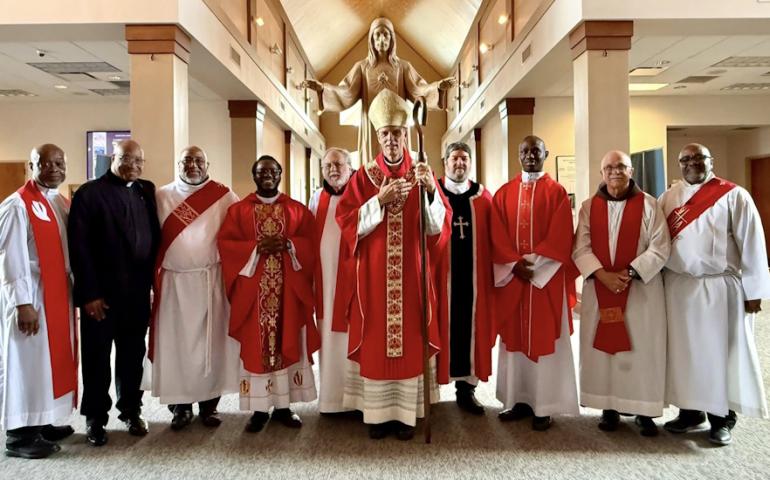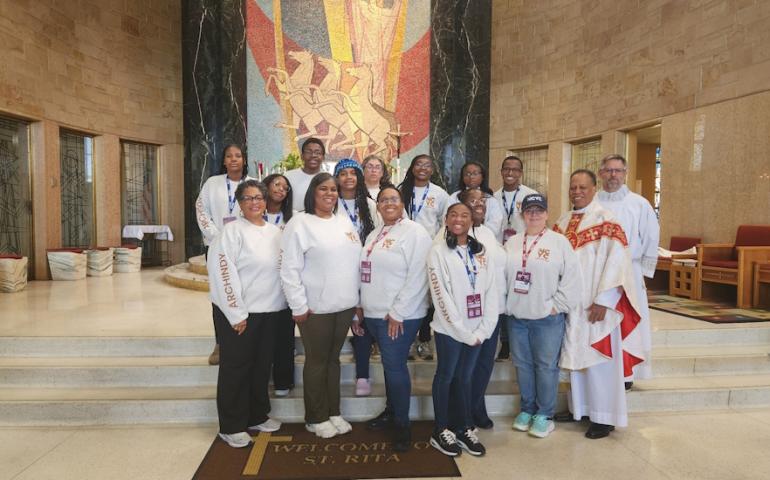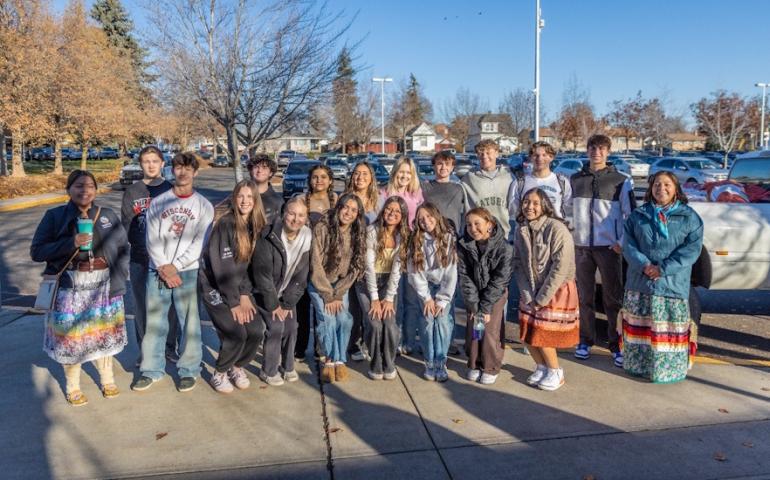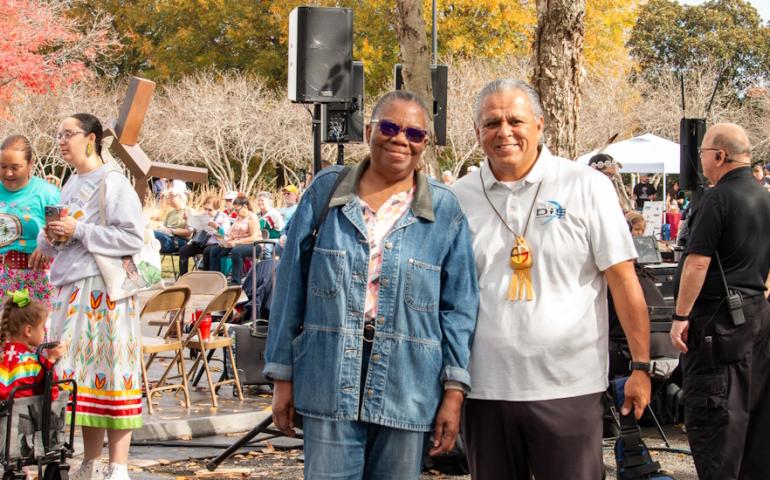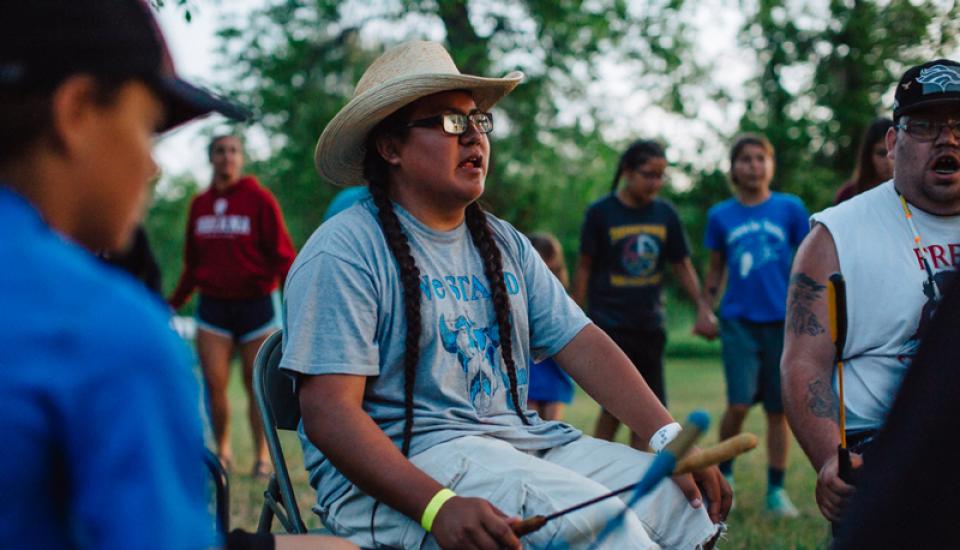
Red Cloud Indian School
Red Cloud began Maȟpíya Lúta Lakȟól Waúŋspewičhakhiyapi – Teaching Lakota to Red Cloud Students more than a decade ago, and continues this program each academic year and during the summer months. With fewer than 6,000 fluent speakers of Lakota remaining, engaging the younger generation in learning is a key strategy in preserving the language, but fluency won’t happen if language learning only takes place in the classroom. Today, all 600 of our K-12th grade students learn Lakota throughout the school year and also have the opportunity to attend the Lakota Language Camp.
For six summers in a row, the camp has brought together students, teachers, family and community members to advance language learning outside the classroom walls. It’s one core component of Red Cloud’s Lakota Language Project (LLP) – a comprehensive, youth-focused initiative working to nurture a new generation of Lakota speakers.
Bringing language out of the classroom is exactly what the camp does for all those involved – including students, peer mentors, and staff. This year’s week-long camp started with campers working alongside their teachers and counselors to set up their thípi, where they would sleep for the rest of the week. Camp leaders provided instruction in Lakota – while campers learned the Lakota name for each part of the structure.
Tama I’atala, Activities Coordinator for the LLP, says “This year’s camp pushed participants to engage in the language in a whole new way. We wanted to give our campers really practical language skills that they can use right away at home, through the rest of summer. We focused on things we talk about every day – how to use the verbs for coming and going, and daily activities like serving and eating food. The idea behind it was not forcing a generic or pre-planned conversation, but to really give our campers enough language proficiency – and the confidence they need – to converse in Lakota in any given situation.”
Through this project, Red Cloud is revitalizing the language among students and families and bolstering the development of the whole child, strengthening academic outcomes, resiliency, and cultural pride.




